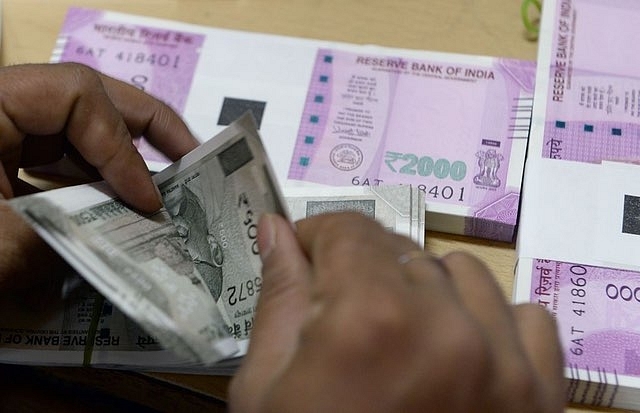
Tax-Free Bonds Deliver More Than Bank FDs, But They Carry Some Key Risks
For the intrepid investor, tax-free bonds give you roughly 0.75 per cent above bank FDs in terms of post-tax returns. But don’t forget the risks.
The sharp drop in bank fixed deposit (FD) rates after demonetisation suggests that pensioners and those who live on interest income have only two options left: postal deposits, including the senior citizen’s savings certificate, which pays 8.4 per cent, and listed tax-free bonds, which pay in the range of 6-6.3 per cent in terms of yields to maturity (YTM).
The top bank FD rates are now less than 7 per cent (6.75 per cent for SBI, and 6.9-6.95 per cent for ICICI and HDFC Bank), while senior citizens get around 0.5 per cent more. The highest rates thus are well below 7.5 per cent, from which tax is deductible at your tax bracket.
The effective rate, if you are in the top bracket, will thus be below 5.5 per cent.
This leaves only tax-free bonds as an option, but they come with three risks: they are vulnerable to interest rate shocks (if rates rise, the value of these bonds falls), have long tenures (typically 15-20 years), and may not be easily encashable, especially if you suddenly want to sell a whole lot of them.
But if you are willing to live with these risks, and are not going to lose sleep over market prices of these bonds based on interest rate trends, these are more tax-efficient and can be bought directly from the stock market.
On the NSE, for example, the NHAI (NA) 2031 bond (7.6 per cent coupon) gives you a yield to maturity of 6.23 per cent at its current quoted price of Rs 1,142 (face value: Rs 1,000). It is fairly liquid, and so encashment is not a hassle.
The IIFCL 7.4 per cent bond (2033 maturity) gives a yield of 6.29 per cent, and the National Housing Bank 9.01 per cent bond (2034) yields 6.26 per cent.
Broadly speaking, for the intrepid investor, tax-free bonds give you roughly 0.75 per cent above bank FDs in terms of post-tax returns. But don’t forget the risks.
Another point to note: public sector entities have recently not been issuing these bonds. So the stock of tax-free bonds is not growing. So sharp price falls may be less of a threat in the foreseeable future.